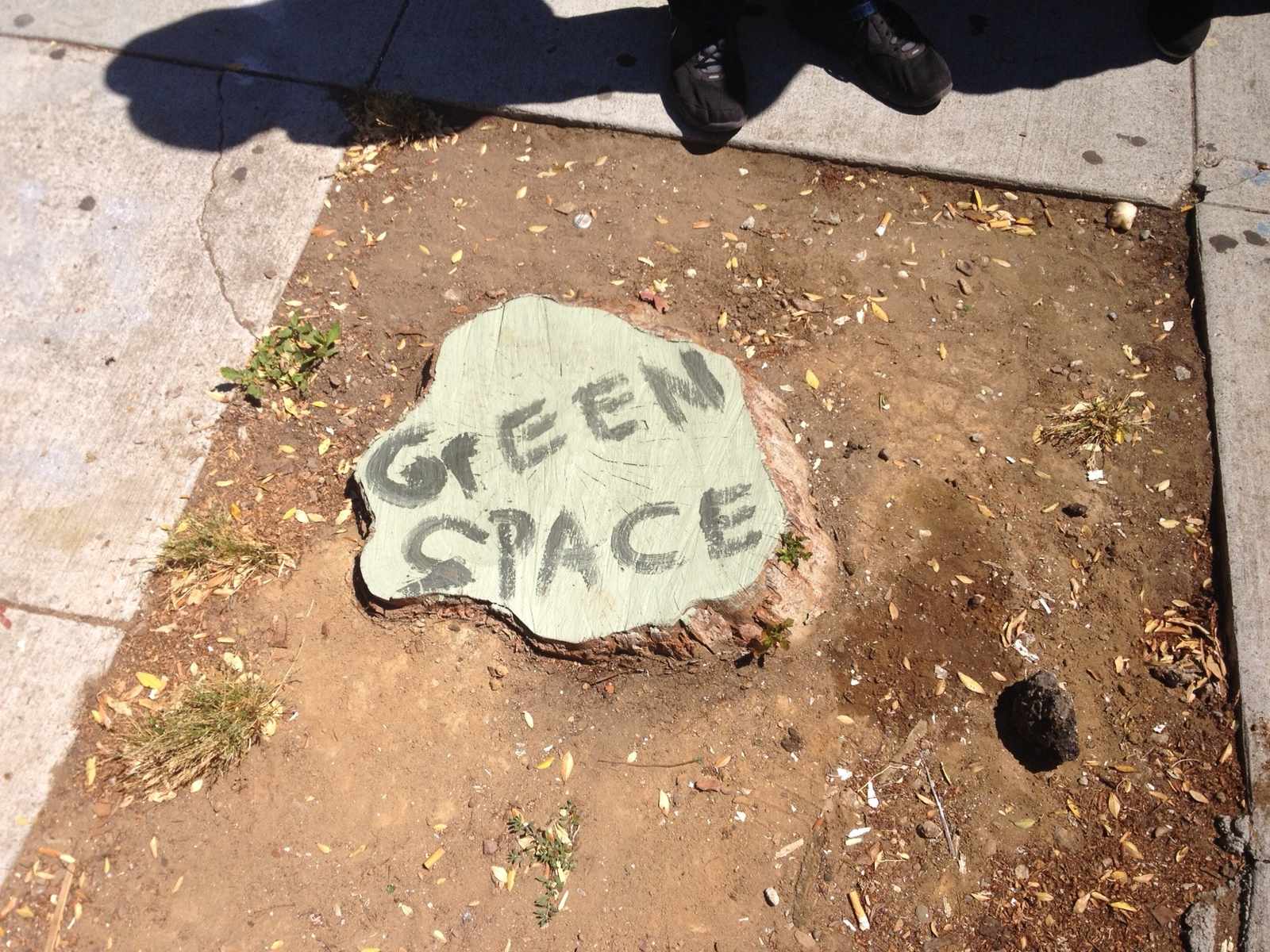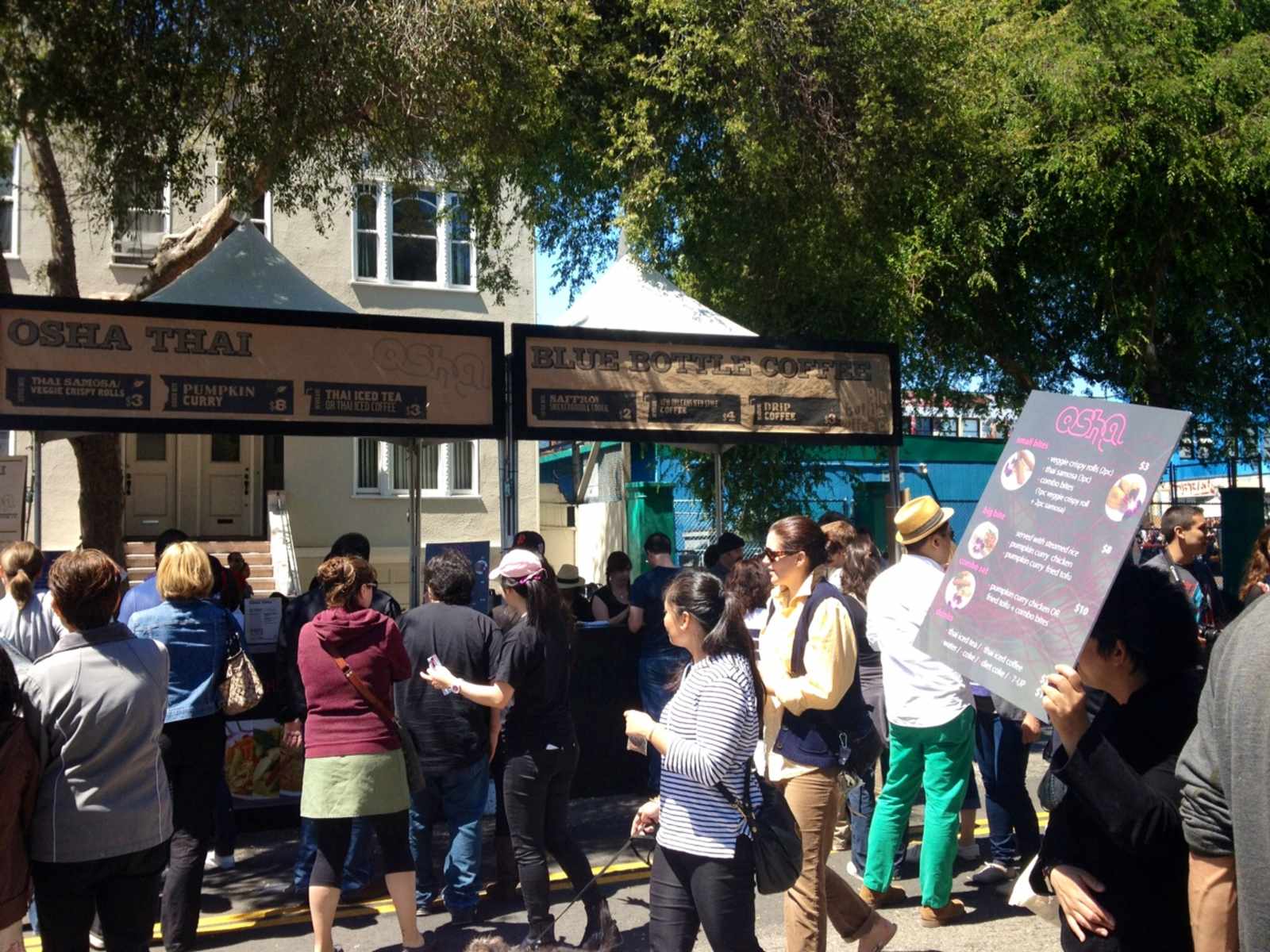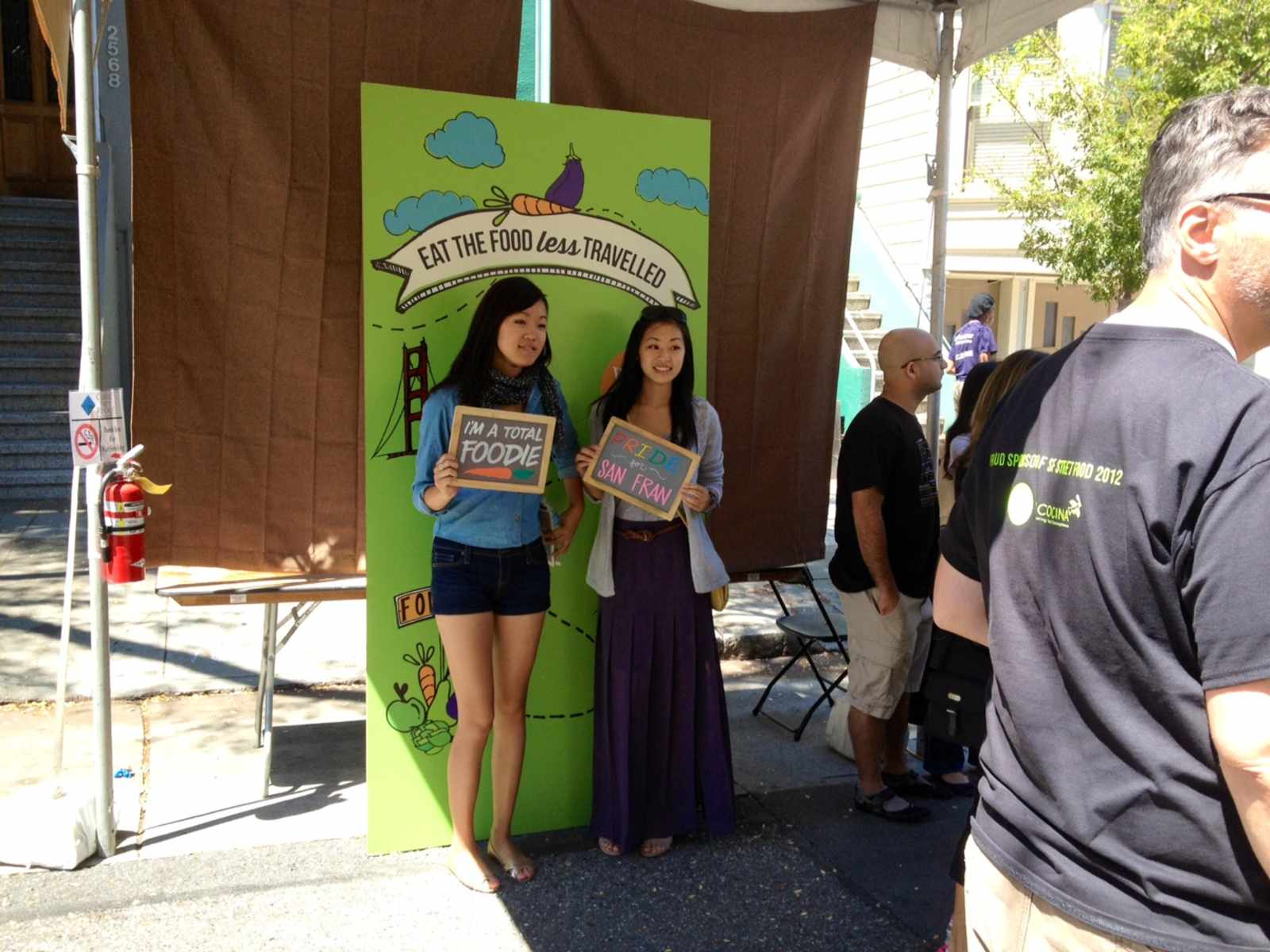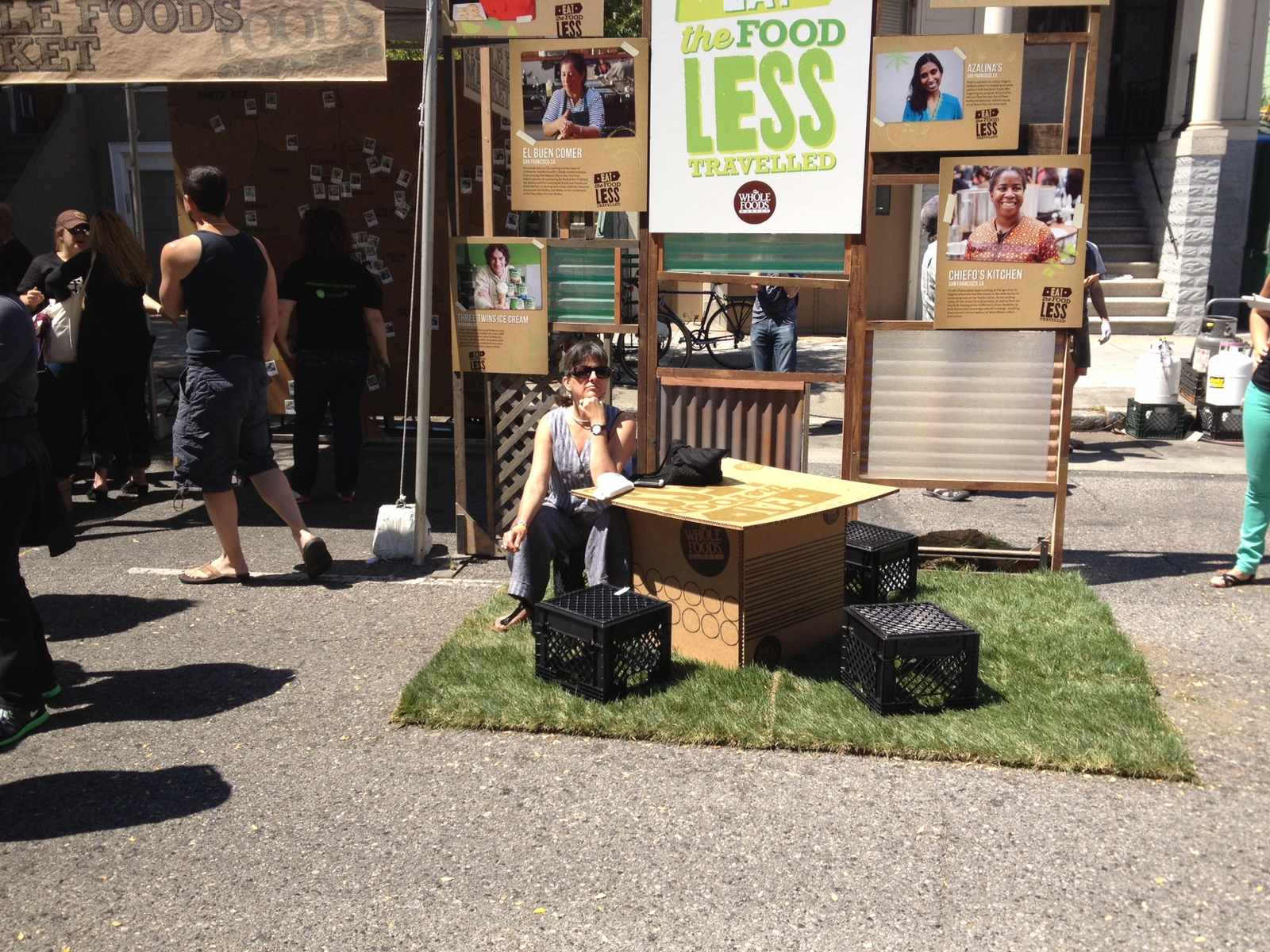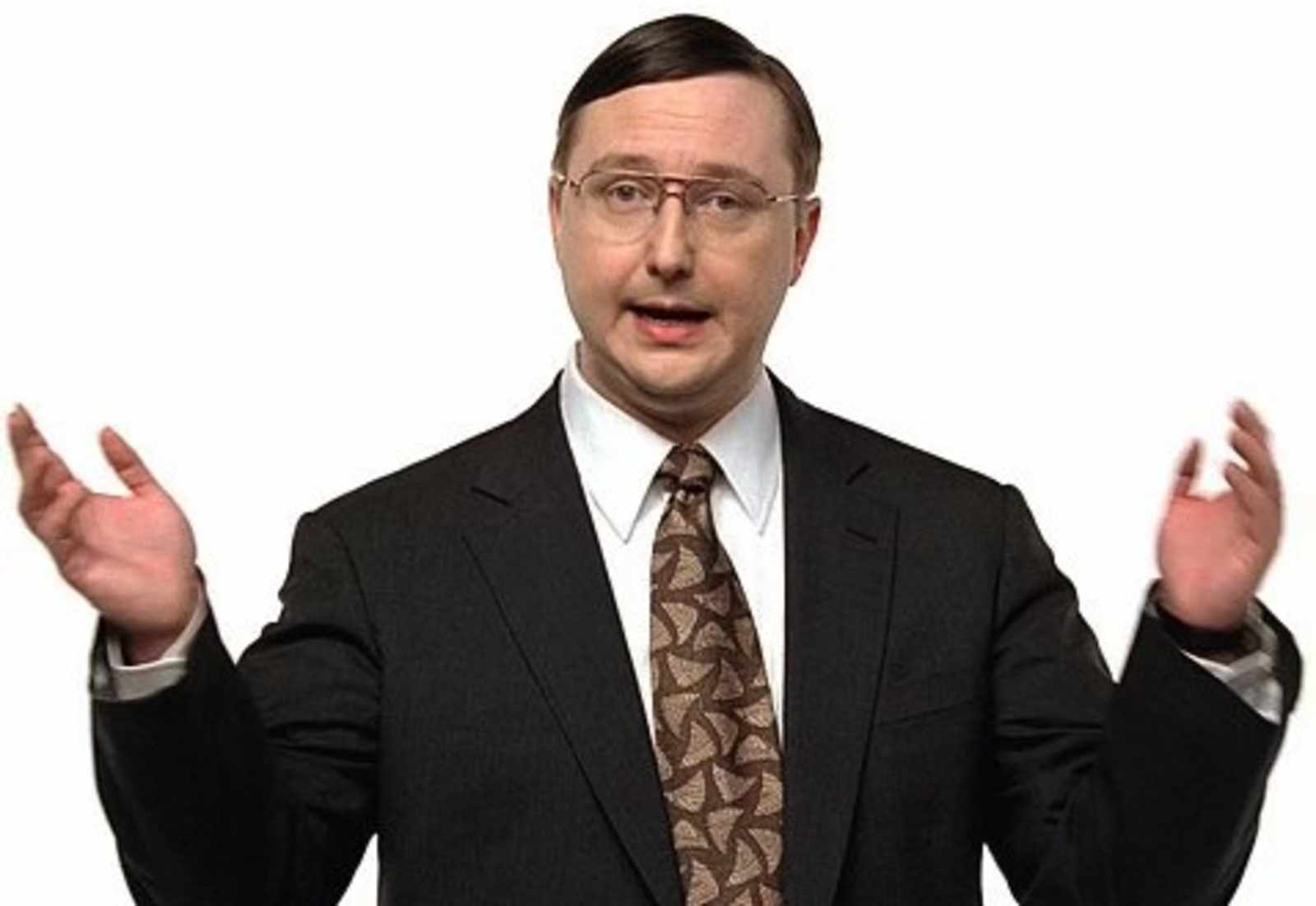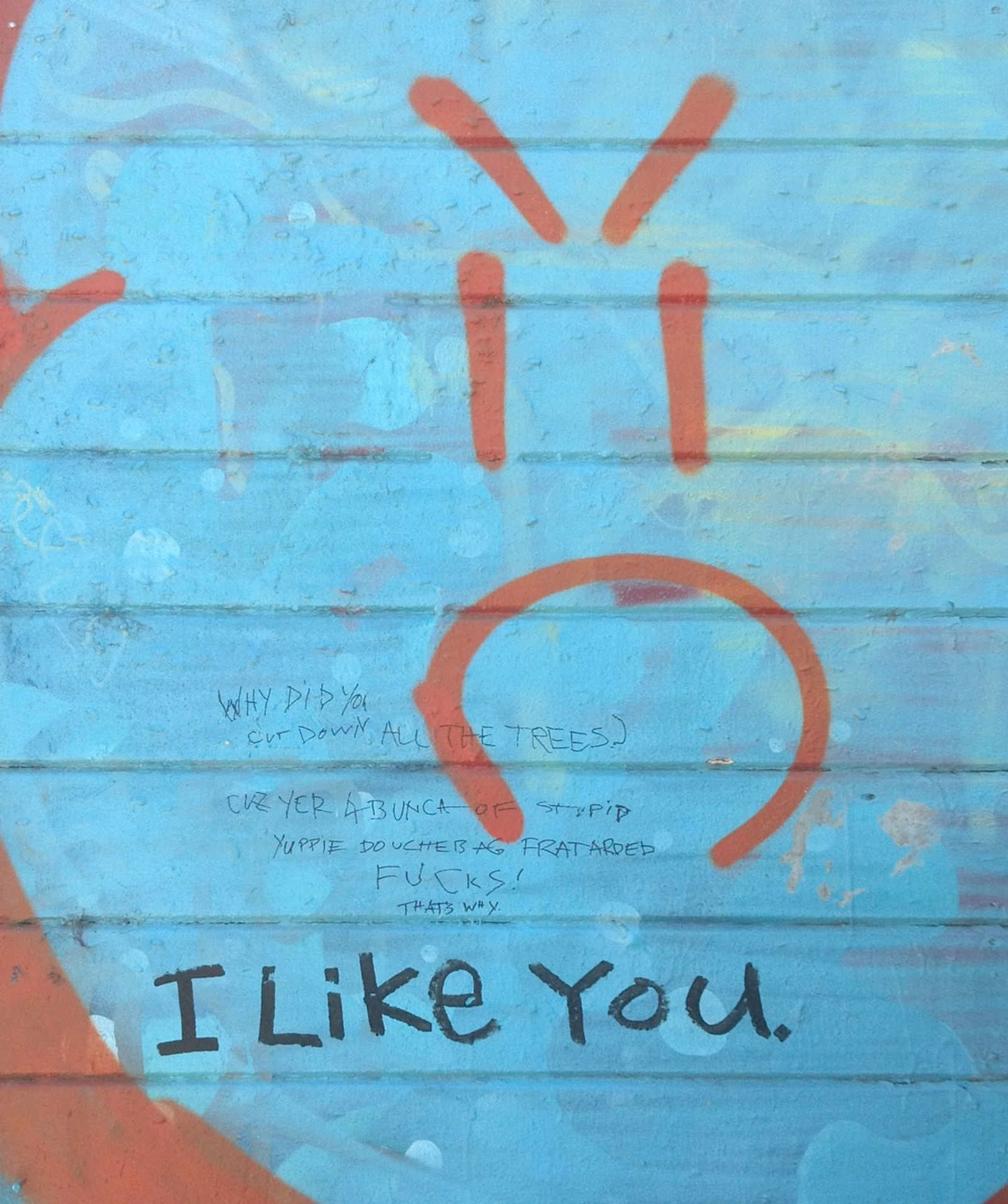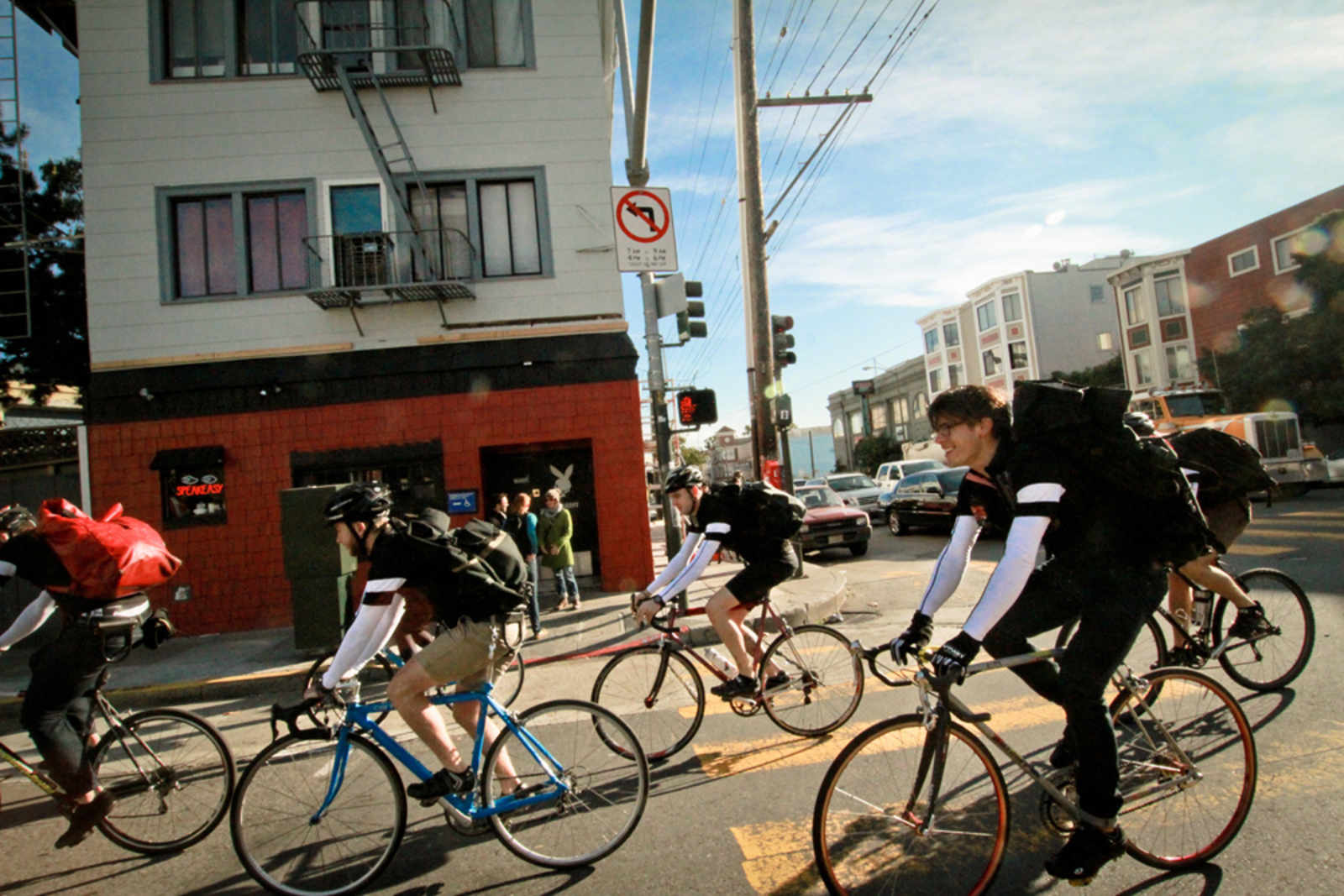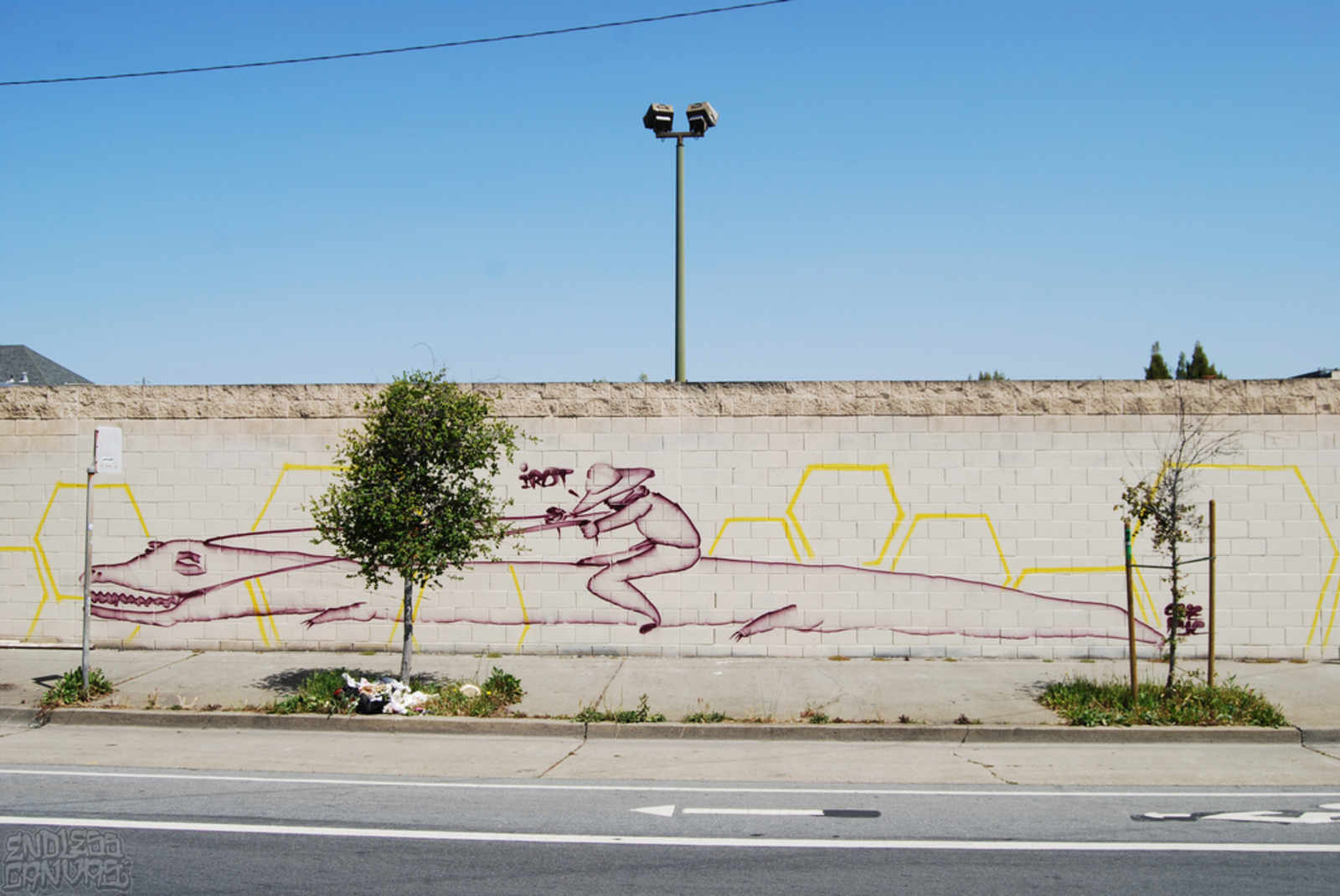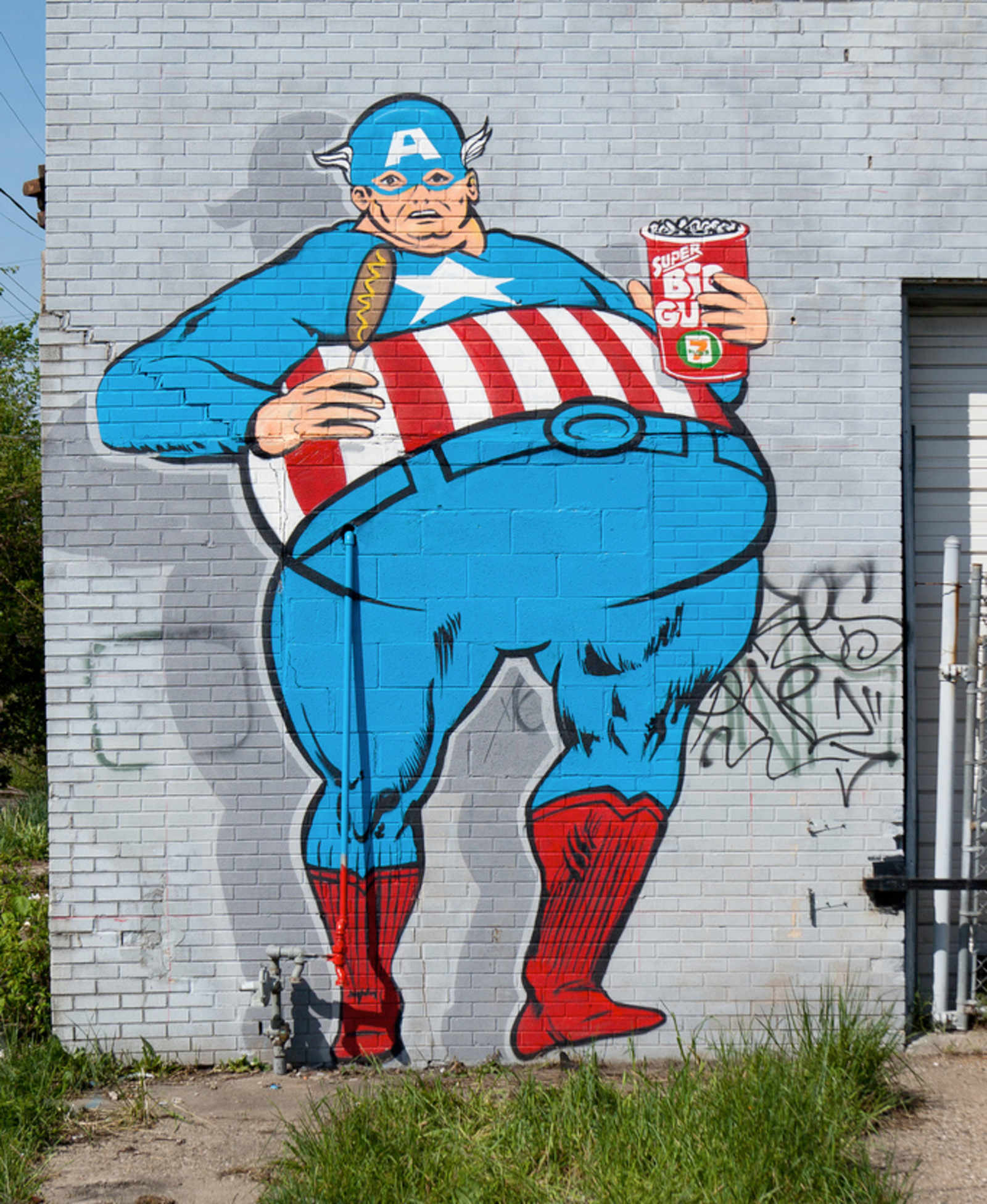
Okay, we get it: trash is a major problem in Dolores Park. The Fourth of July’s “mountain of garbage” was inexcusable and the Earth Day mess was cruelly ironic. But given all the press the stray garbage in Dolores Park receives, it’s clear that public shaming is not deterring litterers and their ilk. So instead of complaining about the shit situation, why isn’t anyone proposing credible solutions to the problem?
Let’s take the photo below into consideration:

Photo from Earth Day 2012/DPW
My first reaction is HOLY FUCK THAT’S NASTY. My second is that people are clearly trying to dispose of their garbage, but the city has, quite obviously, failed to provide adequate receptacles to handle the situation.
Back in 2010, the city nearly quadrupled the number of trash cans along the park on Dolores Street, but that did little to improve the situation. So in 2011, the city announced that Recology, our city’s garbage company, would increase the frequency of trash pick-ups on weekends and holidays for the park, but that program only ran during the summer months (causing the Earth Day situation pictured above) and still didn’t fully address the problem.
One “solution” to this issue commonly suggested in internet comments would have us encouraging people to carry their trash out of the park. However in 2007, the brilliant minds of the Gavin Newsom/Ed Lee dynasty had almost all the sidewalk trash cans removed from the city, foolishly thinking that removing the garbage cans would decrease litter (it didn’t). The result of such a move is now Dolores Park patrons cannot even carry their garbage further away from their park, assuming they would even entertain doing such a thing in the first place. (And, of course, some suggest people carry the garbage home, but that wouldn’t be in the best interests of all the bars, restaurants, and venues that earn money from patrons leaving the park.)
So why isn’t the city installing even more trash cans and having Recology do even more pick-ups? Presumably, the city lacks the political will, financial capacity, or both to pursue such a logical solution—never mind the considerations as to where added cans would be placed.
A potentially even more costly, but perhaps necessary proposal would be to have the city treat every weekend in the park as a special event, thus sucking it up and ponying up the cost for a dumpster to be placed at the entrance of the park every weekend. It would be an added expense to an already strained parks budget, we know. But if the city is already paying for Recology to make “special runs,” why not spend that money up front to improve the situation?
Now, consider the mess within the park itself:

Alex Chaffee, who took the above photo, notes, “this photo is a complete argument for more trash cans in the park (not next to it). People will move their trash, but only to the nearest receptacle, no further.” I can’t help but agree. A certain portion of park users are lazy shitheads—the same lazy shitheads who litter the Mission and the rest of the city—and won’t walk their trash to the streetside receptacles, regardless if they are overflowing or not. So why not place more cans within the park itself? The Dyke March organizers always drag a number of trash cans into the middle the park, a solution that has always helped leave the park clean (either that or march attendees are more environmentally conscious—who the fuck knows). Plus, the park has a number of roads that are accessible to full-sized vehicles, making them easy to empty and maintain. So why isn’t the city bringing more trash cans into the middle of the park, rather than calling up the Chronicle to yet-again shame ‘the hipsters’ for trashing the park?
We understand that some of these issues may be alleviated following the Dolores Park Renovations, however people want the city to start addressing the problem now. So, regardless if you agree with any of these solutions or not, it’s time we have a serious discussion about the problem and stop the ceaseless bitching.
